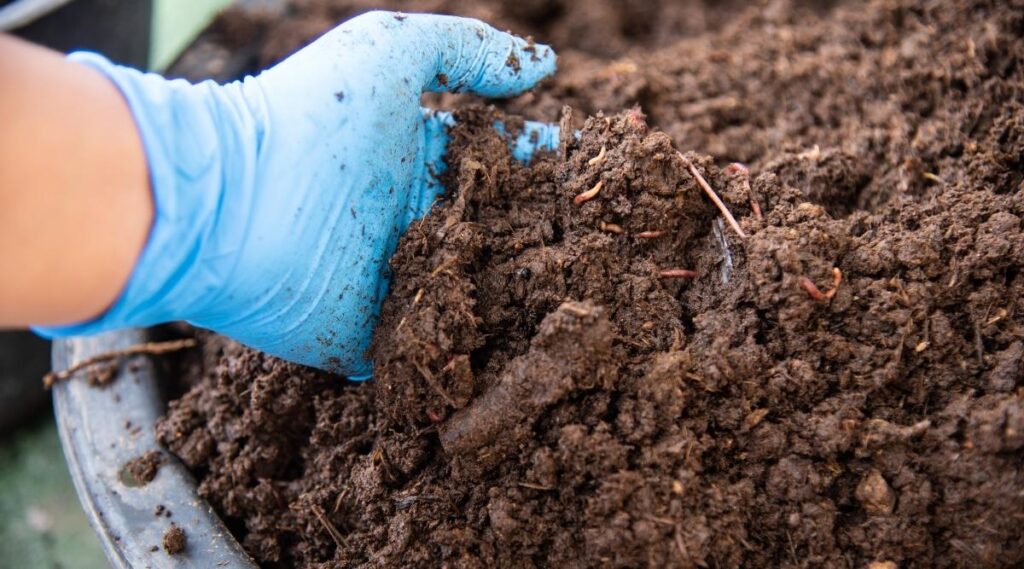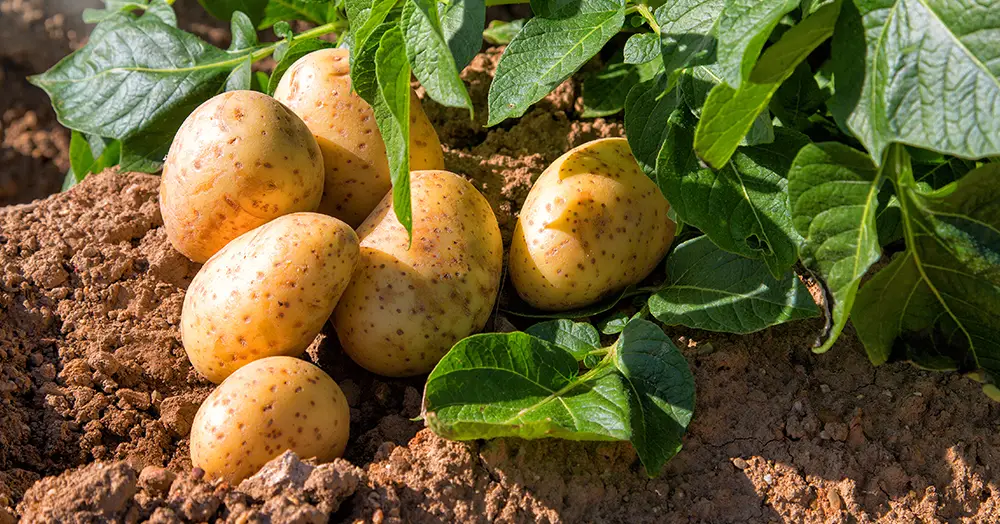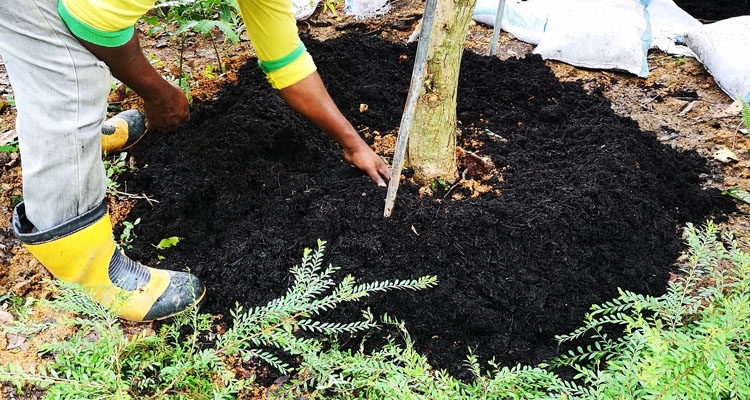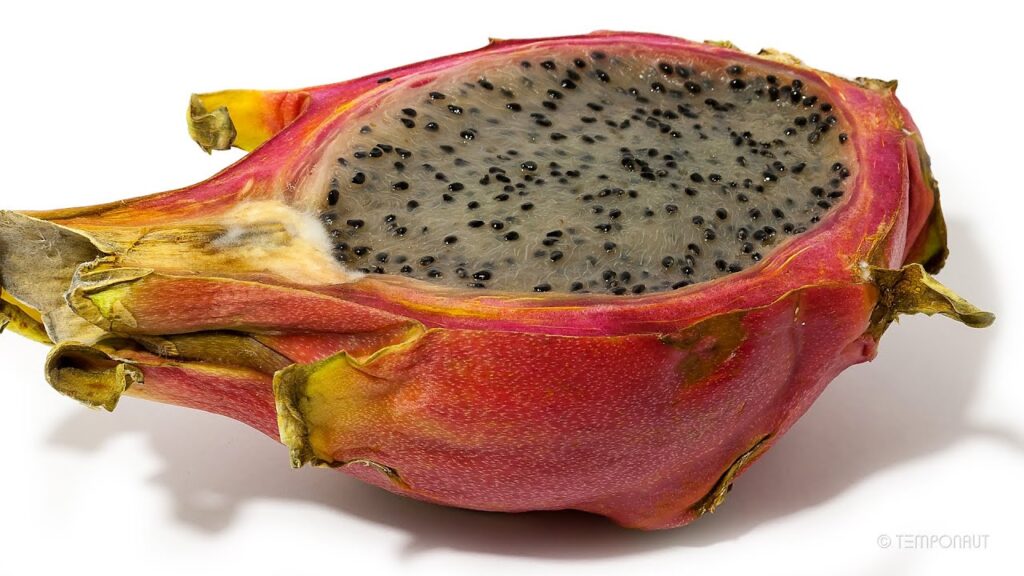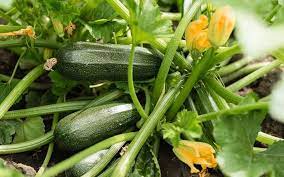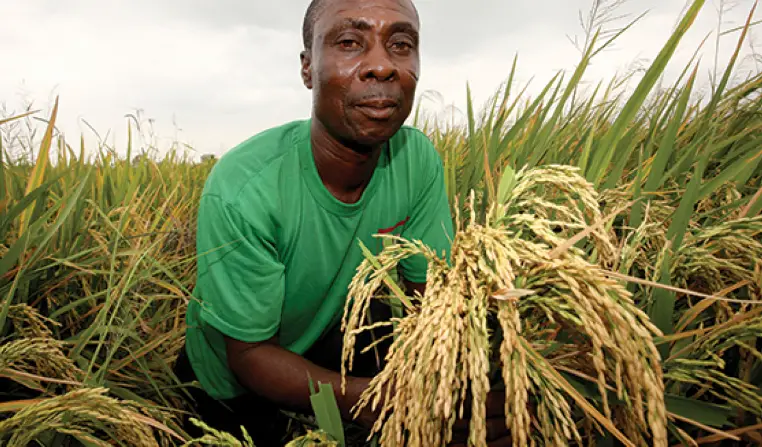Blackberries are tasty and packed with vitamins, and many people love growing them. For a great harvest, you need to feed your blackberries right. This guide will tell you all about when and how to give blackberries the right food.
Feeding blackberries might seem hard because they need certain things to make juicy fruit. But don’t worry, we’ll explain the best ways to do it, including the right time, the best fertilizer, and how much to use.
To grow blackberries well, you have to know what they need to eat. Like you and me, blackberries need all kinds of nutrients to grow and make tasty fruit. Let’s look at what those nutrients are.
Let’s start with the big nutrients – nitrogen, phosphorus, and potassium. Nitrogen helps the leaves grow and keeps the plant strong. Phosphorus makes sure the roots and fruit grow well. Potassium keeps the plant healthy and fights off diseases.
Blackberries also need a little bit of other things like zinc, iron, and manganese. These help the blackberry grow the right way, even though the plant doesn’t need much.
So, if you’re growing blackberries, you need to check the soil where you plant them. Blackberries do their best in dirt that’s not too acidic or too basic (pH between 5.5 and 7.0), drains water well, and has lots of good stuff from plants in it.
Remember, you should test your soil! A soil test shows you what your blackberry plants need and how to use fertilizer right. It’s always best to know about your soil before you start your garden.
Table of Contents
- Best Times to Fertilize Blackberries
- Choosing the Right Fertilizer for Blackberries
- Putting Fertilizer on Blackberries
- Step 2 – Figuring Out How Much Fertilizer to Use
- Step 3 – Putting Fertilizer on Your Crop
- Step 4 – Mixing in the Fertilizer
- Step 5 – Giving Water to Your Plants
- Step 6 – Keeping an Eye on Your Plants
- Step 7 – Timing Your Fertilizer Application
- Conclusion
Best Times to Fertilize Blackberries
The right time to feed blackberries depends on how the plant is growing. Usually, the best times are early spring before the plant starts growing again, and early summer when the berries are starting to form.
Before you feed your plants, make sure to test your soil to know what it needs. If the test shows that something’s missing or out of balance, fix that before you add more fertilizer.
In early spring, just as the plant starts to wake up, usually in March or April, give your blackberries a balanced meal with equal amounts of nitrogen, phosphorus, and potassium. You might use something like a 10-10-10 or 20-20-20 fertilizer. Spread about 1 to 2 pounds for every 100 square feet of your garden.
For the early summer feeding, after the blackberries start making fruit, use a fertilizer with more potassium than nitrogen and phosphorus. Something like a 10-20-20 or 15-30-15 fertilizer is good. Potassium helps the plants get stronger, stay healthy, and make better fruit. Use about 1 pound per 100 square feet.
Don’t give blackberries too much food because that can make the plants grow leaves instead of fruit. Also, don’t feed them in late summer or fall because new growth then might not survive the winter.
To sum it up, feed your blackberries in early spring and early summer. Use a balanced fertilizer first, then one with more potassium next time. And always test your soil first to give your plants just what they need.
Choosing the Right Fertilizer for Blackberries
To help your blackberry plants grow well, it’s important to know what kinds of food you can give them.
- Organic fertilizers: Natural options like compost, manure, and fish stuff. They go to work slowly, but they make the soil healthier and richer. Really good for your garden!
- Synthetic fertilizers: Man-made choices that work fast but can wash away if you use too much. Stuff like ammonium nitrate and urea are examples.
- Slow-release fertilizers: These take their time giving the plants food, which lowers the chance of giving them too much. Coated fertilizers are a kind of this.
- Liquid fertilizers: Concentrated fertilizers you mix with water and give to the plants’ roots or leaves. They give a quick boost and can be used more often. Fish and seaweed stuff are some examples.
Picking the right food for your blackberries depends on what they need to grow, how the dirt is, and where the plants are in their growth. Use recommended amounts and times to make sure you don’t give them too much and cause problems.
There are many fertilizer options out there for blackberries, like organic, synthetic, slow-release, and liquid. Knowing what each type does can help you choose the best food for your blackberry plants’ needs and growing conditions.
Putting Fertilizer on Blackberries
To feed your blackberries, spread the fertilizer evenly on the ground around them, but be careful not to get it on the stems or leaves. Water the soil well to mix in the fertilizer. It’s best to do this at the start of spring and again when summer begins, following the proper amounts to use.
Step 2 – Figuring Out How Much Fertilizer to Use
To find out how much fertilizer you should use, you’ll need to look at two things: the nutrients inside the fertilizer and how much space you’re growing your plants in. Simply take the suggested amount of fertilizer and divide that by your crop area’s size.
Step 3 – Putting Fertilizer on Your Crop
You have to spread the fertilizer over your plant bed without putting too much in one spot. To make this easier and more even, especially when using grainy types of fertilizer, a tool called a fertilizer spreader can really help.
Step 4 – Mixing in the Fertilizer
Once the fertilizer is on the ground, take a hoe or a rake and stir it into the topsoil. This mix-in helps stop the food for your plants from being washed out by rain or watering.
Step 5 – Giving Water to Your Plants
Right after you’ve added the fertilizer, give your plants a good amount of water. This helps the food reach the roots and prevents it from hurting the roots by burning them.
Step 6 – Keeping an Eye on Your Plants
Regularly check on your blackberry plants to spot any signs that they’re not getting enough nutrients, or that they’re getting too much. You might need to change how much fertilizer you use to make sure your plants are getting just what they need.
Step 7 – Timing Your Fertilizer Application
Adding fertilizer at the correct time is very important. If you do it wrong, you could harm your plants with too much food, which might burn them or cause other issues. Also, it’s a good idea not to get fertilizer on the leaves or fruit, as it could damage your plants.
By carefully following these steps, you can make sure your blackberry plants get all the right foods they need to grow strong and give you lots of tasty berries to enjoy.
Conclusion
Giving the right food to your blackberry plants through fertilizing is a key way to keep them growing well and making lots of fruit.
Knowing what the plants need and feeding them at the best time and amount is really important for having a great harvest. Make sure to test the soil, select the best fertilizer for your blackberry plants, apply it carefully and evenly, and water them well after you’ve fed them.
If you keep an eye out for issues that might show you’re feeding them too much or too little and adjust as needed, your blackberry bushes should do well and reward you with plenty of berries.
![How Long Does An Apple Tree Take To Bear Fruit? [ANSWERED]](https://fruitonix.com/wp-content/uploads/2023/06/Screenshot-2023-06-02-12.52.12-AM.png)

